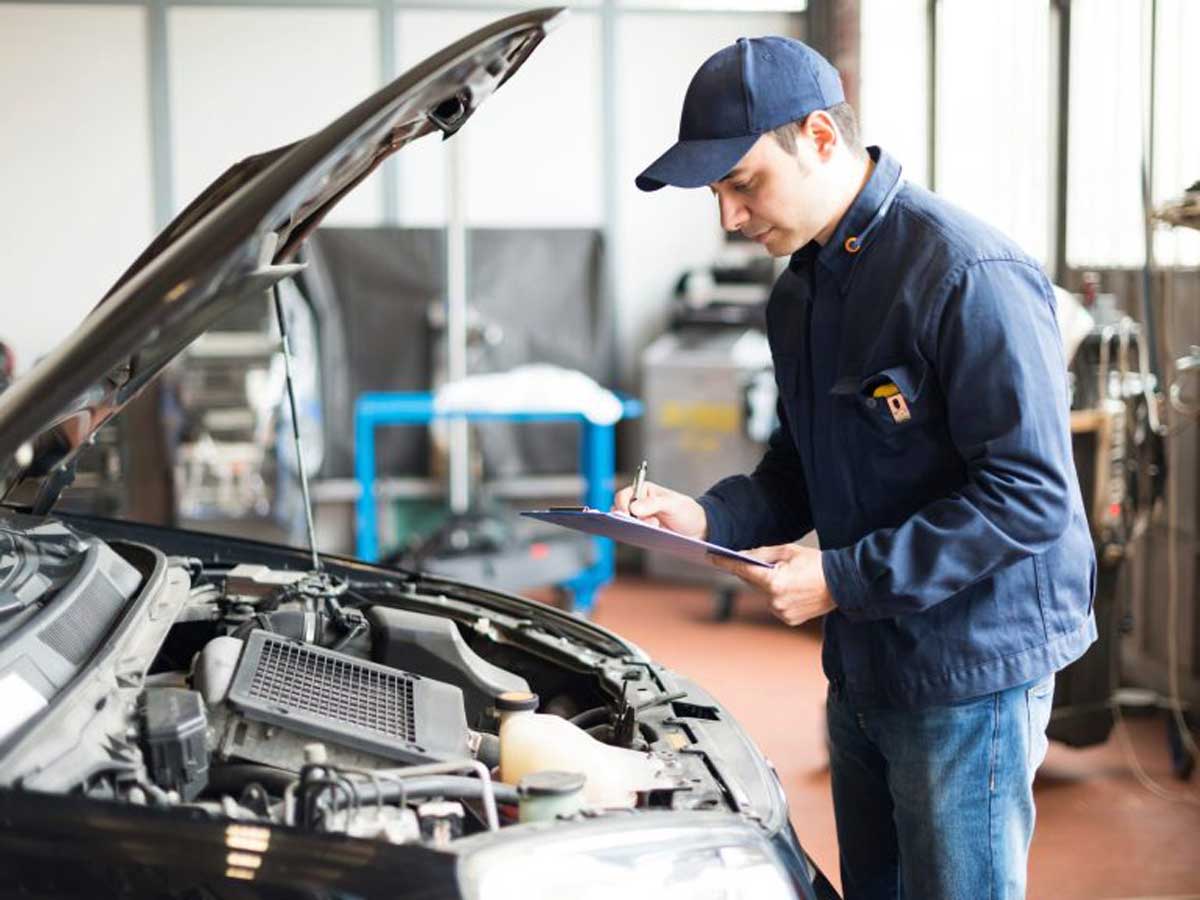Did you know that approximately 17 million new cars and trucks are sold in the USA each year? Getting their first car is the dream of almost every young person.
It is a sign of adulthood and independence. It can open the way to more friends and even employment opportunities.
However, cars can be expensive. This may be especially true if a person’s first car is second-hand. Regular car maintenance can bring costs down and help your child to feel a sense of responsibility.
How can you teach your kid how to perform regular car maintenance? Why not read on to find out.
Routine Maintenance and Inspections
The basic checks that you want to instill in your child will likely change a little from state to state. Emission requirements and safety guidelines will impact the type of checks you do and their frequency.
However, likely the most important principle that you can instill in your child is that they need to take responsibility for these checks. Your first goal is to avoid the “mom or dad will take care of it” attitude that could prevent this.
Help your child to see that by carefully planning the timing of car maintenance you can get a better deal. For example, bundling tire rotation or oil changes with other routine maintenance could result in financial savings for them.

AAA Insurance
AAA insurance is basic insurance against the simple things that your child will face. While you are training them to care for basic maintenance themselves, you also want them to be safe while driving. This is especially important if your child will be away from home for a long period of time, such as at college.
Financial matters cannot be left to chance. Your child needs to know how important it is you understand the difference between different types of finance when buying a car in the first place. Understanding the different types of insurance should be the next step.
Maintaining Tires
Tire maintenance is one of the simplest yet most important elements of car maintenance. However, it is a great opportunity to train your child regarding how to understand a car’s needs.
You could start by looking at the car’s manual. The first step is showing your child how to find the manual and use it. The manual will show them how to find the jack, how to use it, and any additional information regarding tire changes.
If you think your child is ready, you could ask them to perform a tire change in your front yard. Using the manual for guidance, they could swap a tire for the spare and back again.
While they are looking at the tires, you could provide some guidance about tire tread and wear and the dangers of neglecting tire maintenance.
If this is a little ambitious, you could start more simply and ask some questions based on the car’s manual. It may not sound like fun, but try to stress the practical value of the information. Create scenarios where the car has a flat at midnight in the rain and your child is the only one who can change the tire.
Ensure that you talk about tire pressure. Nothing can shorten the lifespan of a tire like under-inflation. Stress that this will prevent financial loss.
Sometimes information regarding the health of the tires is retained in the infotainment screen on the dashboard. Teach your child or if necessary have them teach you how to access this information.
Checking Fluid Levels
Checking fluid levels is a very important part of the car’s annual maintenance program. Anti-freeze, oil, and other fluids needed to be maintained within reasonable levels to help the rest of the car’s systems to run smoothly.
Why not create a brief quiz to help your child understand the importance of each one? While the locations for refueling each fluid may change from car to car, generally the symbols for each fluid do not. It would be good to make learning these symbols part of your lesson.
Of course, low levels of fluids are often indicated by another factor: Dashboard lights.
Dashboard Lights and What to Do With Them
If we are honest, many of us ignore dashboard lights until something more serious occurs. However, this is a bad idea both for the car and for your pocket.
A dashboard light comes on when the engine has a problem. Likely this is the easiest and cheapest point to address that problem. You can almost certainly use the car to get to a garage and the problem has likely not affected other systems yet.
Conveying the urgency of dashboard lights to your child is a key element of their maintenance education.
Safe Driving Skills
Driving and parking safely can help you to minimize the maintenance you need to do. While your child may not have the habit of using the car to do “doughnuts” in the street just yet, they may be tempted to do so in the future.
Helping your child to understand how driving styles affect the car will prevent habits from forming in the future.
Careful use of the accelerator and handbrake will prevent inefficient use of fuel and unnecessary wear on the brakes. Careful parking will ensure that scrapes and scratches to the fender and paintwork are at the minimum.
These simple tips can help a youth to understand the value of the car they drive and to avoid unnecessary expenses.
The Importance of Regular Car Maintenance and Much More
If you are a parent you are no doubt very interested in ensuring that your kids are safe and economical drivers. Teaching them the basics of regular car maintenance is a vital step in them learning this.
Many people are searching for good advice in a turbulent world. If you are one of them, why not check out our blog articles for more information?

